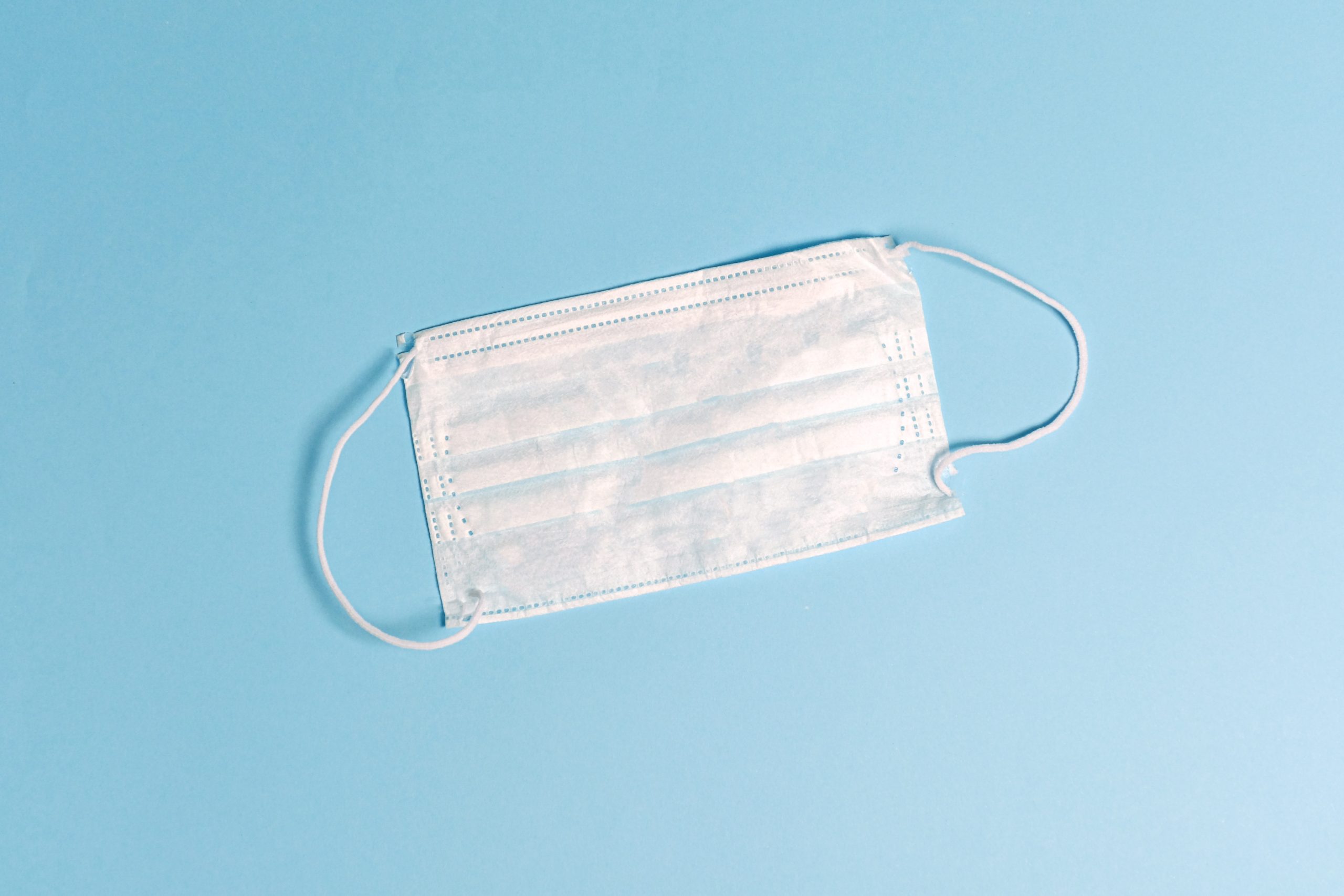
Megan Udinski, FISM News
[elfsight_social_share_buttons id=”1″]
The COVID-19 pandemic has impacted the world medically, economically, and even environmentally. While the one-use masks have been utilized in an attempt to slow the spread of the virus, the negative effect on the environment was unexpected.
Researchers from Washington State University, however, believe they have come up with a solution by incorporating these masks into a concrete solution.
The team published a paper in the journal Materials Letters, reporting that after one month of curing the cement/mask mixture was 47% stronger than the commonly used cement. The process of producing cement is carbon-intensive, reportedly making up 8% of emissions worldwide.
“These waste masks actually could be a valuable commodity if you process them properly,” said Xianming Shi, professor and interim chair of the Department of Civil and Environmental Engineering and the corresponding author of the paper. “I’m always looking out for waste streams, and my first reaction is ‘How do I turn that into something usable in concrete or asphalt?'”
While some cement mixtures are microfiber-reinforced, which helps to reduce carbon production by limiting how often the concrete needs to be fixed or replaced, the cost of the microfiber-cement mixture is expensive.
The research team hypothesized that instead of allowing the one-use masks to enter the ecosystem by sitting in landfills, the fibers in the mask could be added to the cement concrete to strengthen it and prevent cracking. In their proof-of-concept experiment, the team members removed the metal bar and cotton loops from the masks before cutting up the fibers and adding them to Portland cement, the most common cement used worldwide.
They mixed the mask fibers with a graphene oxide solution first, which adheres to the fibers, and then added the mixture into the cement paste. The fibers added to the cement paste were found to dissipate the fracture energy that leads to cracks in the concrete that start small but can turn into large cracks which impact the effectiveness of the material.
In addition to fracture reduction, the researchers are continuing to test the durability of the concrete and the potential that the graphene oxide-treated microfibers could protect the mixture from frost damage and deicing chemicals.
Based on the success of this research, the team envisions utilizing other polymer materials with this method to encourage the collection of waste such as discarded clothing.
